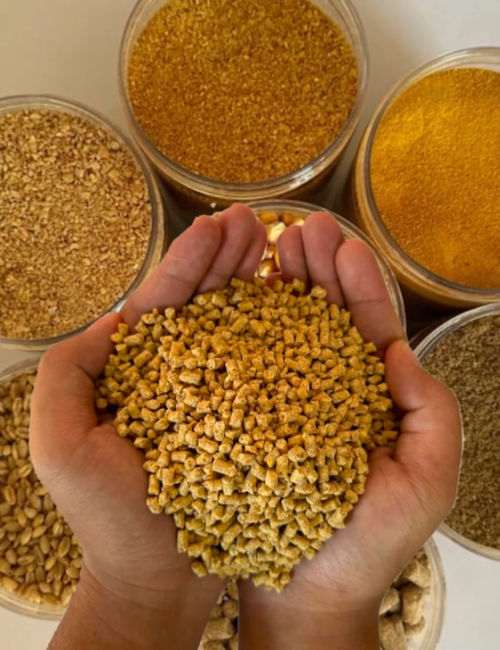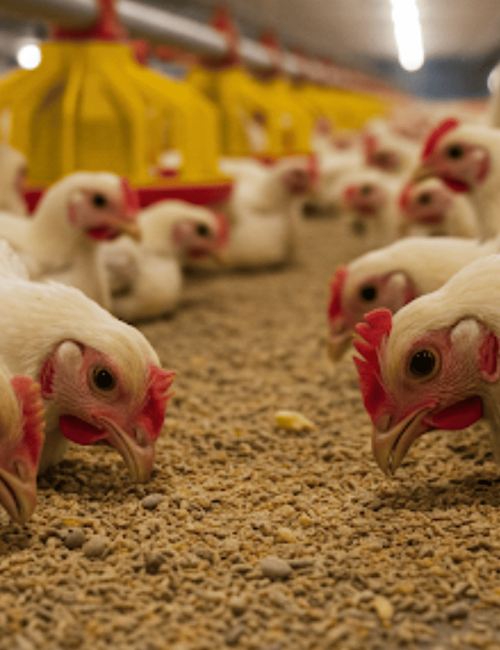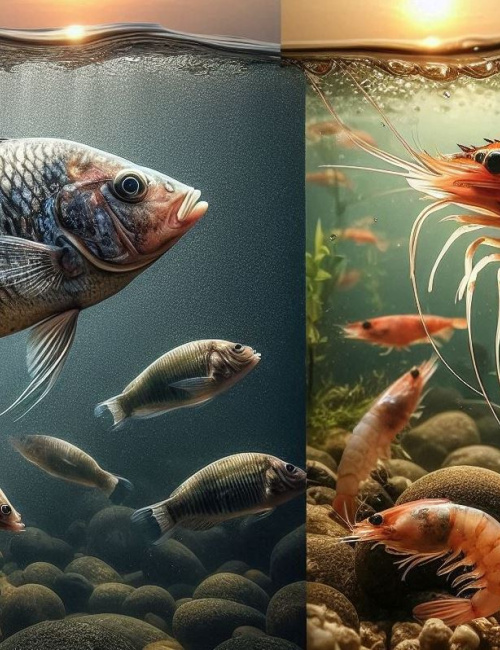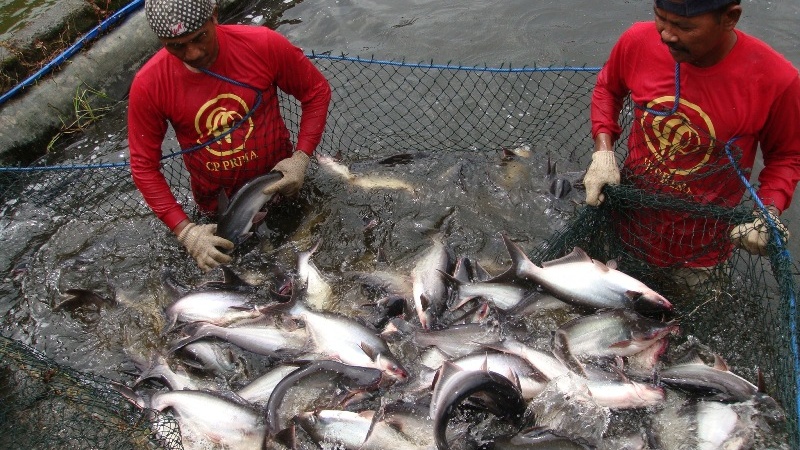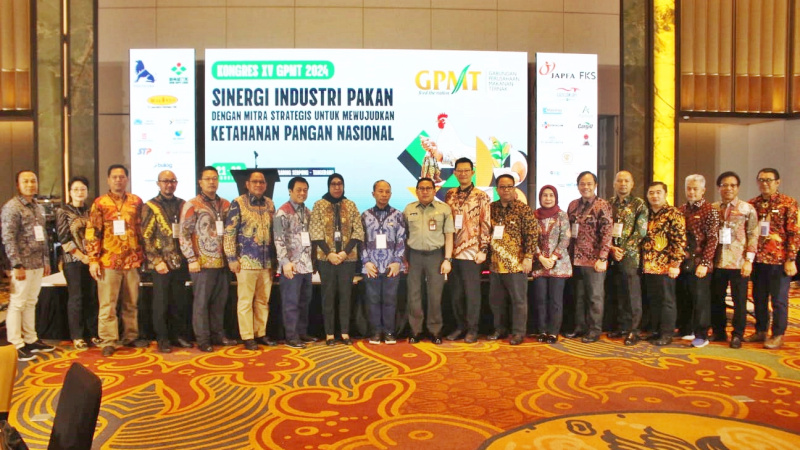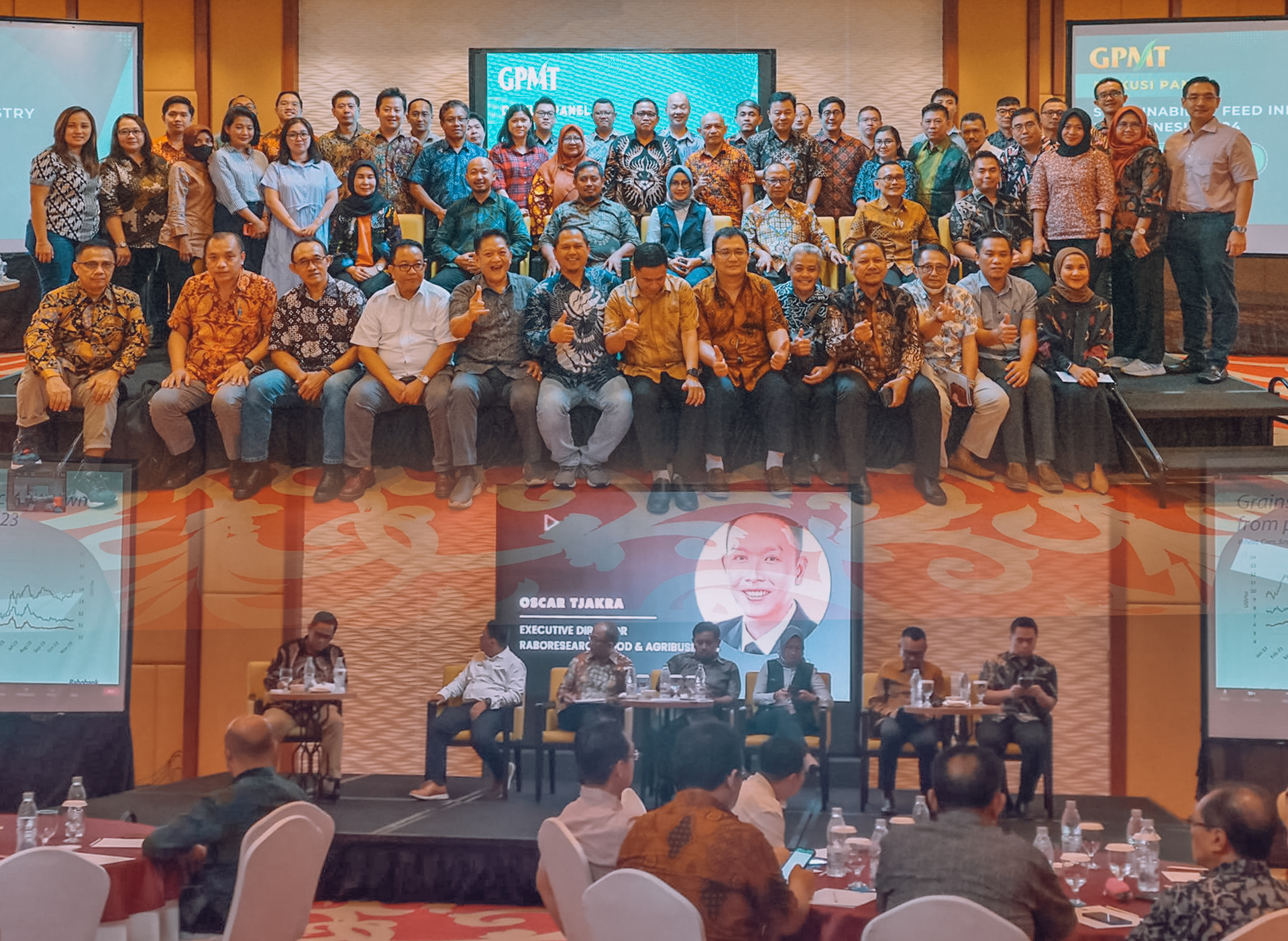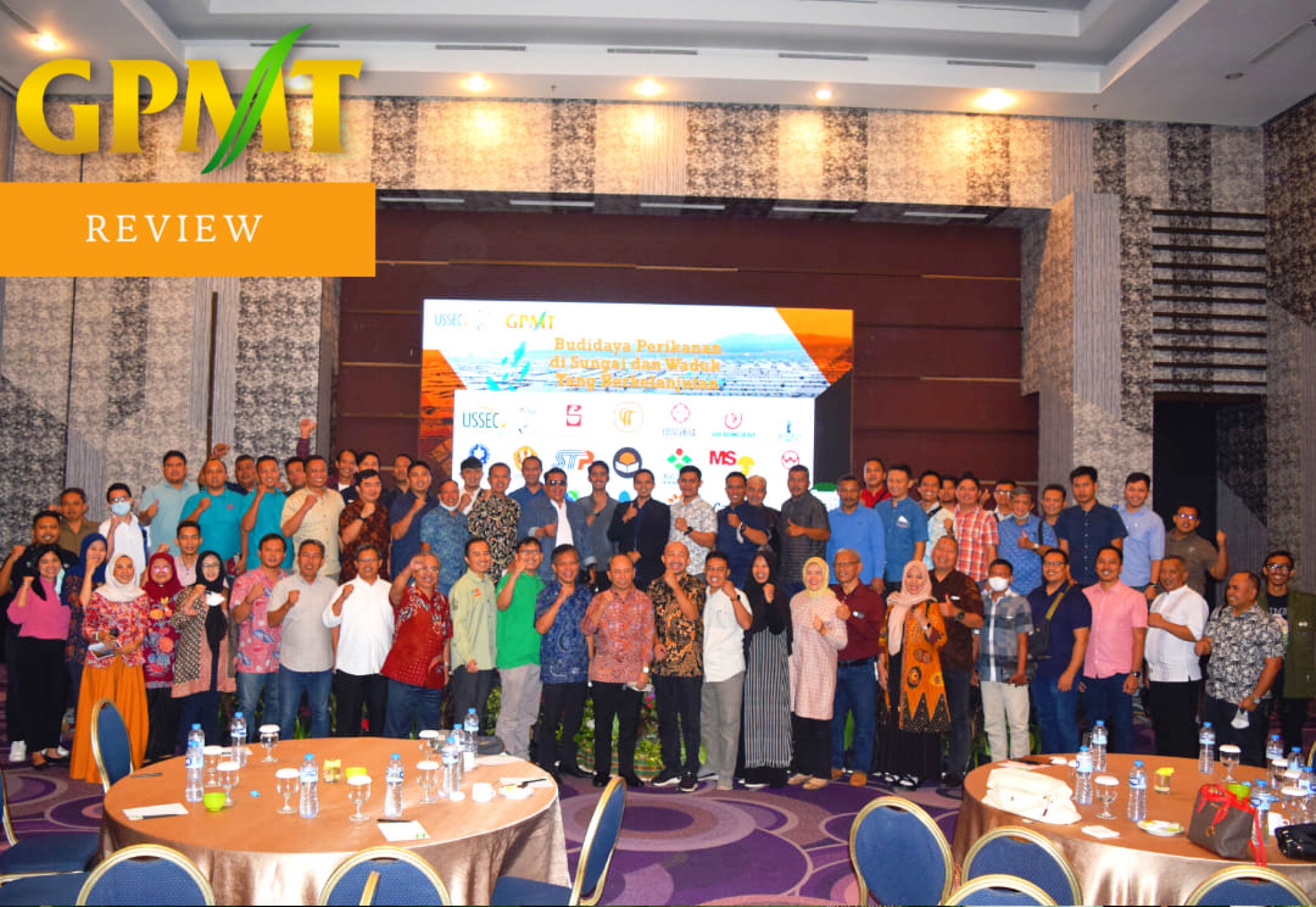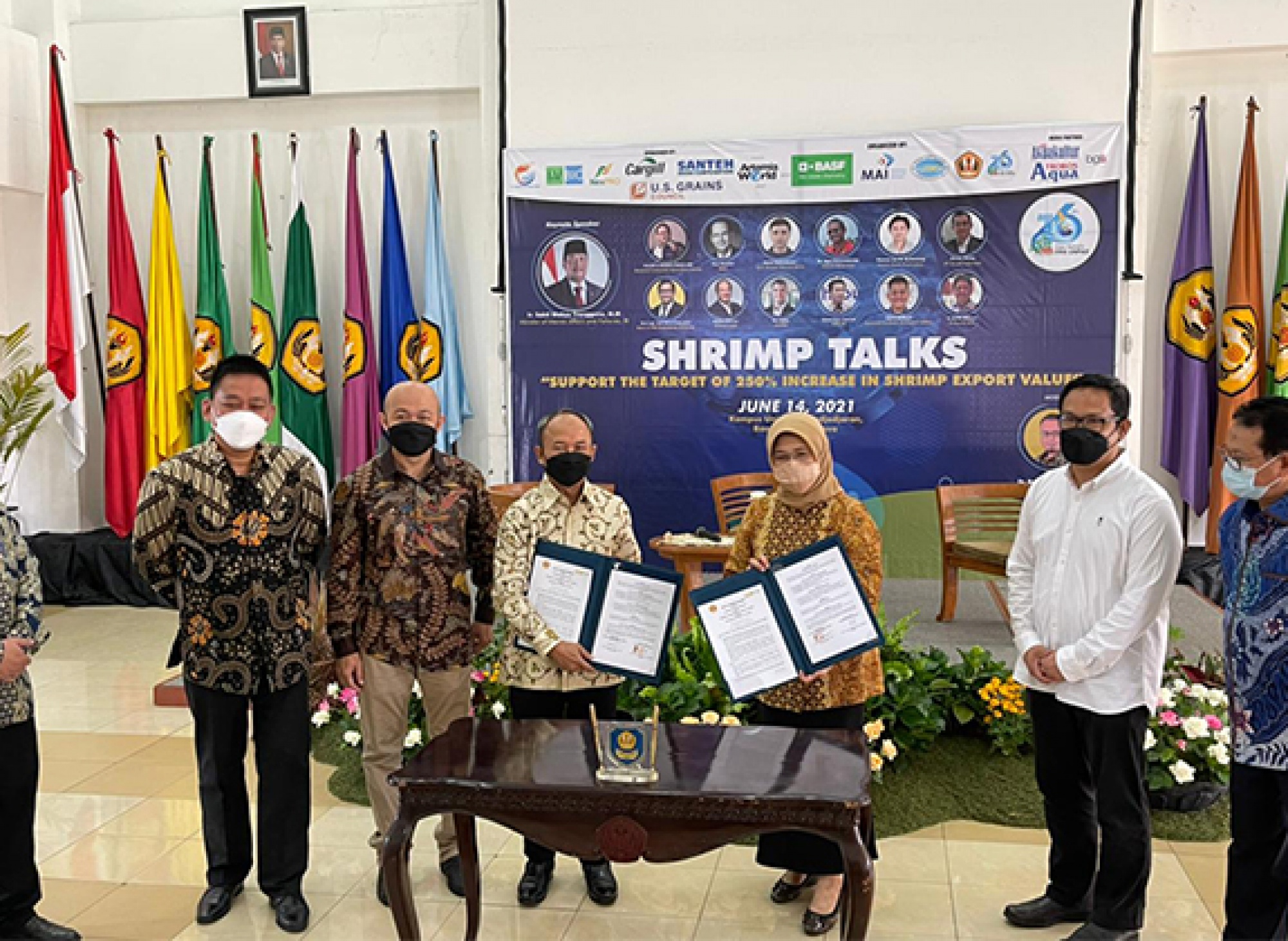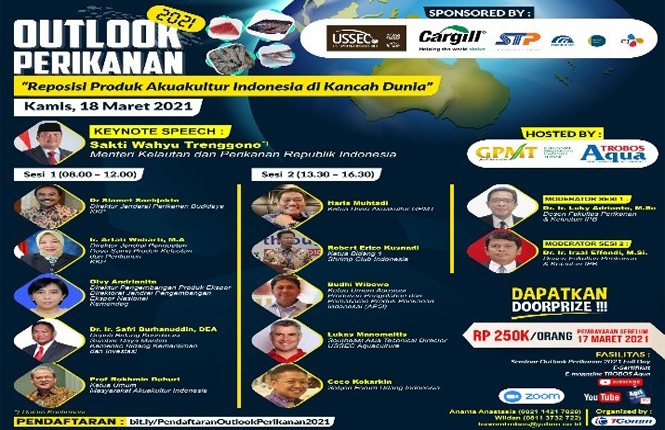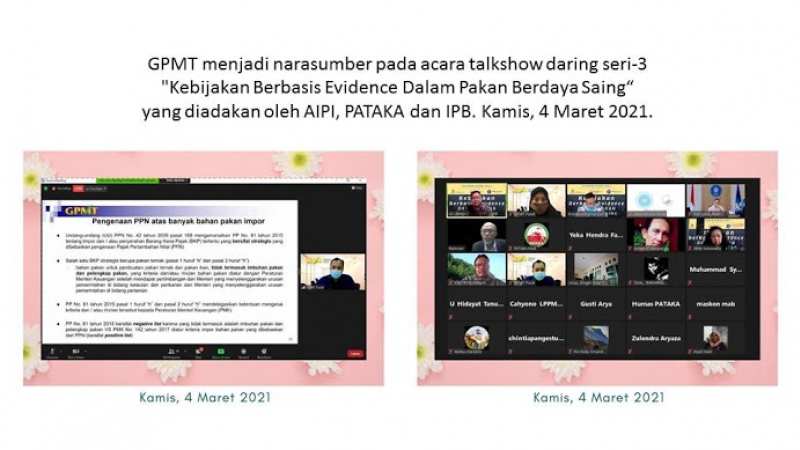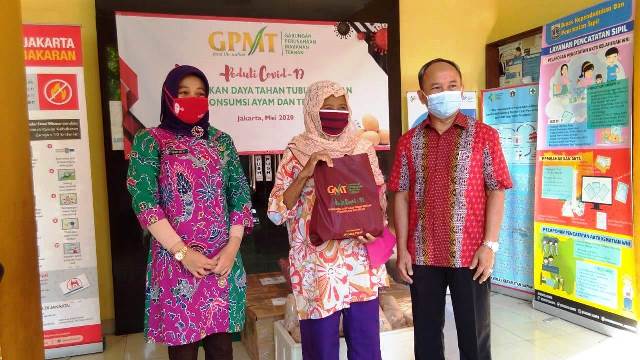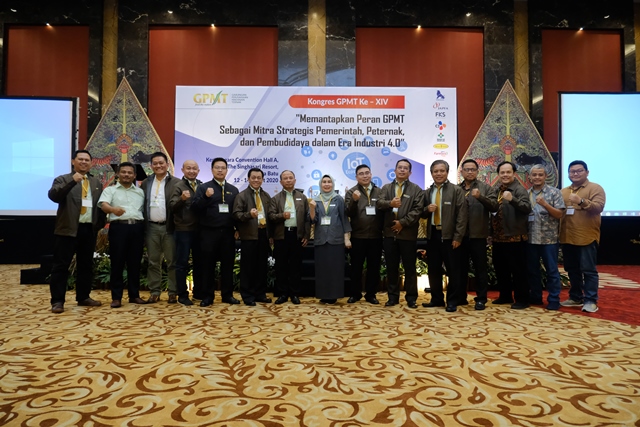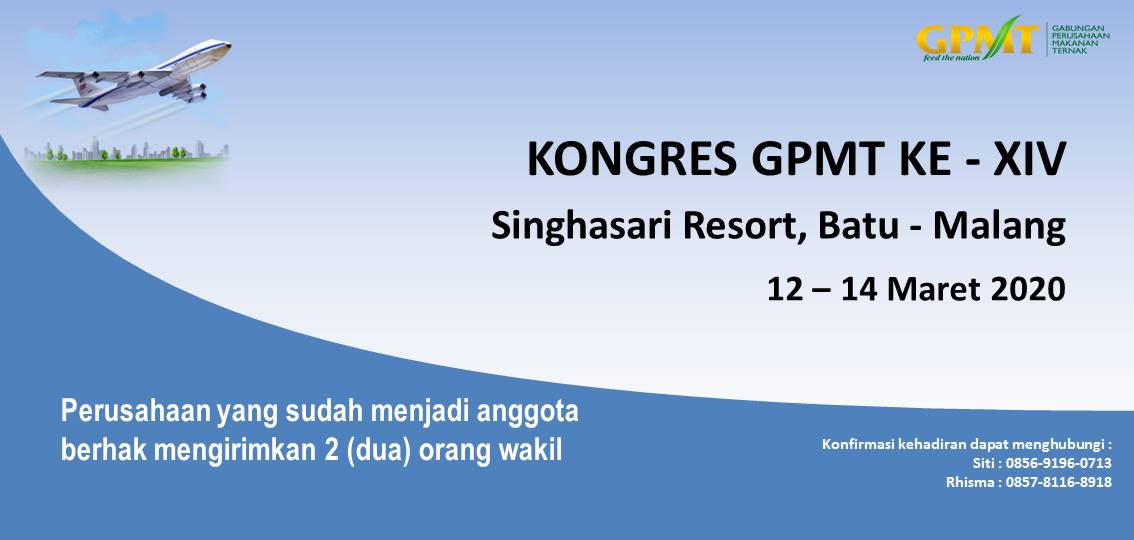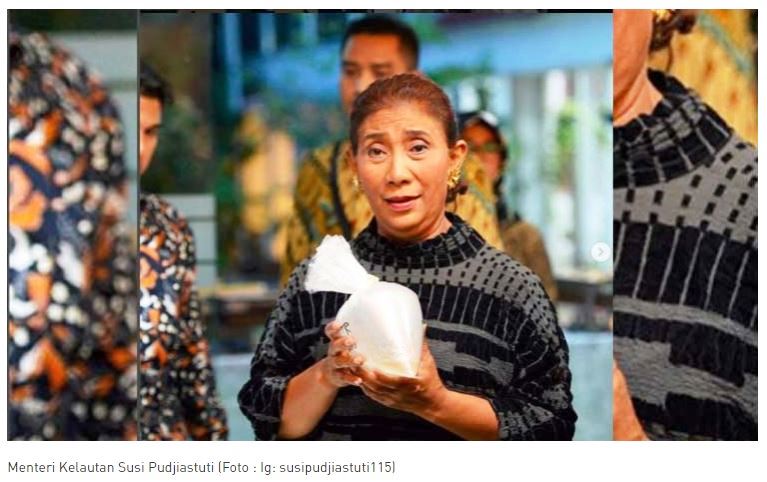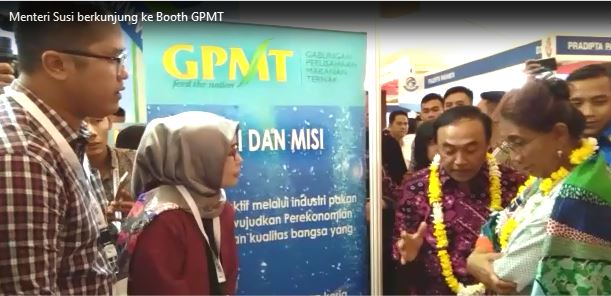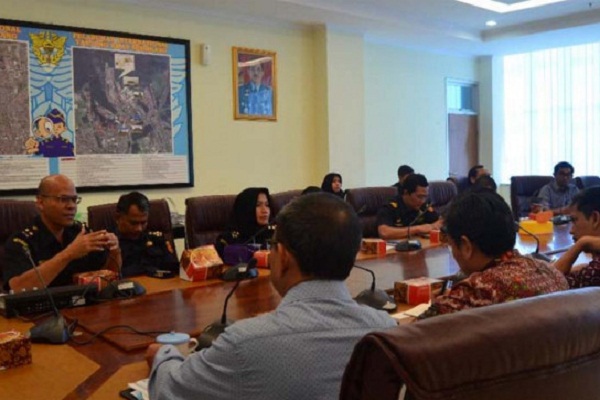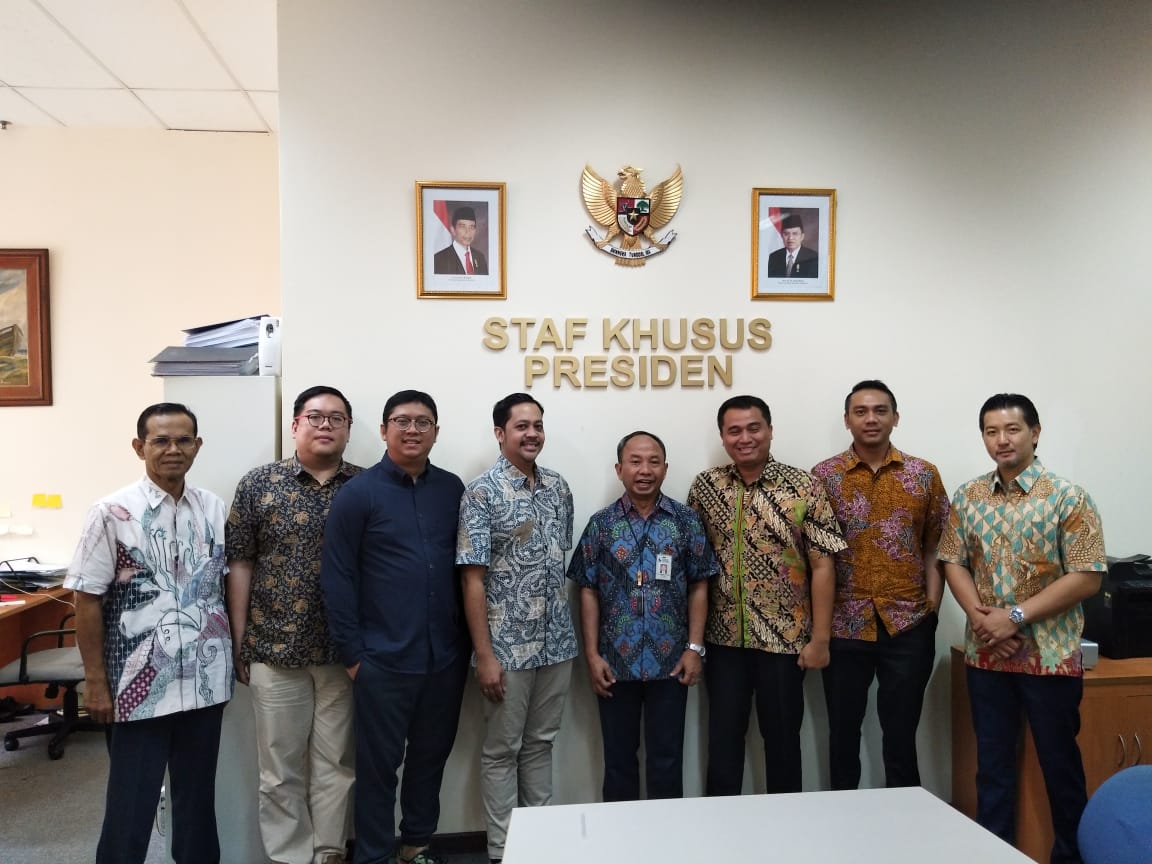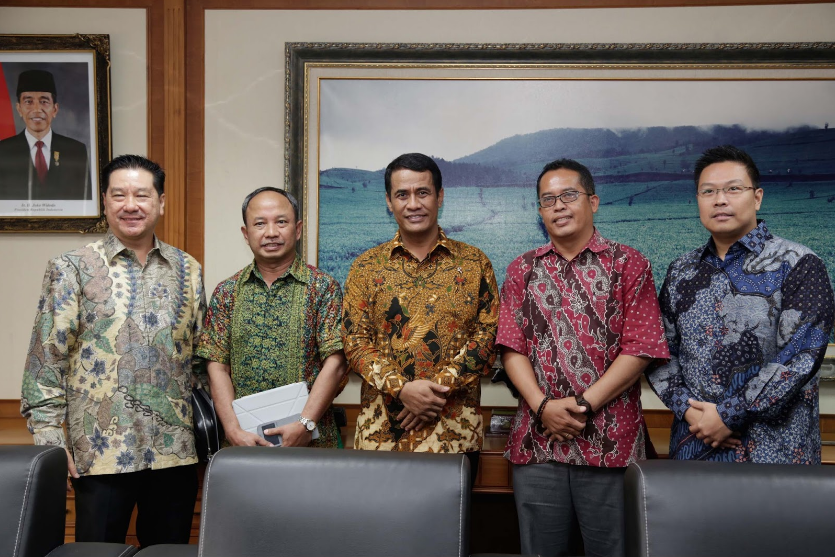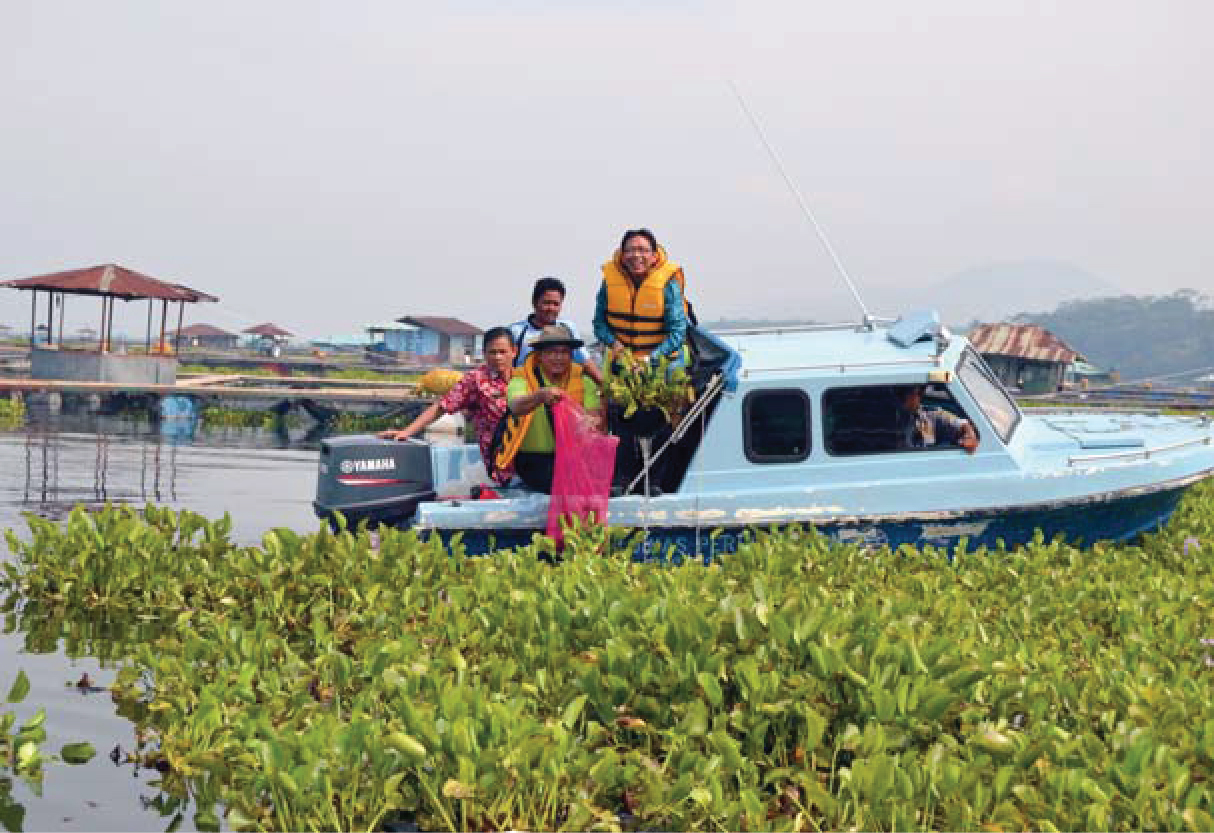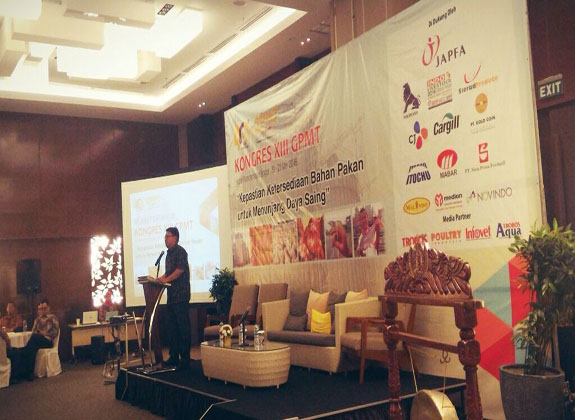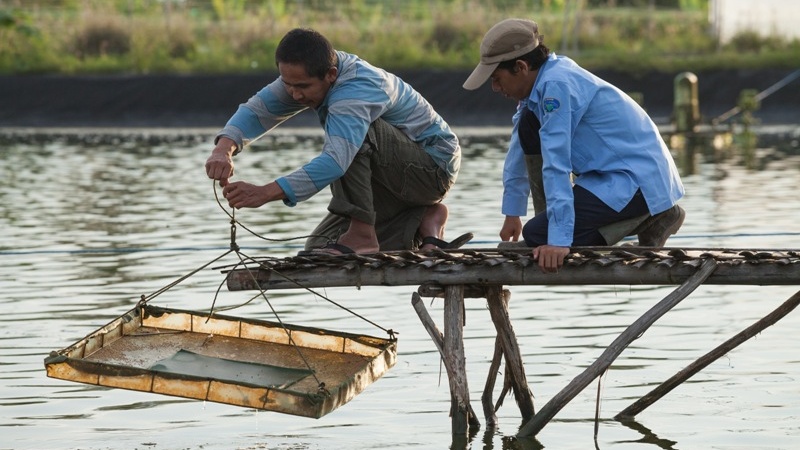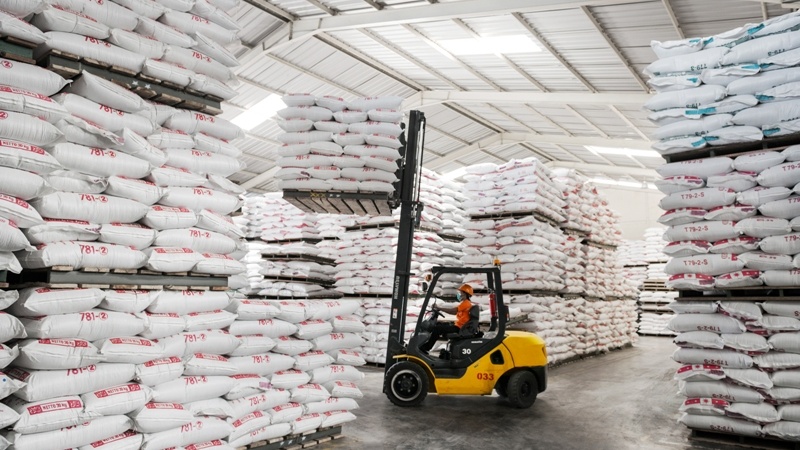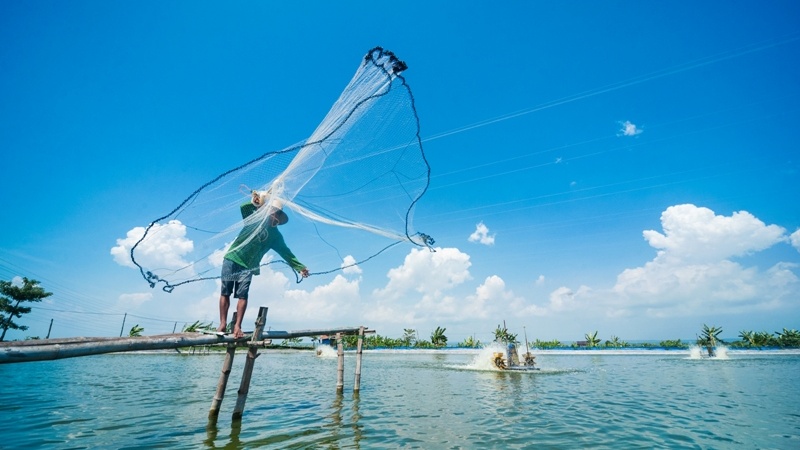Grow with us
Gabungan Perusahaan Makanan Ternak (translated: Indonesian Feedmills Association) or widely known as GPMT, is a nonprofit organization that functions as one of the main pillars of the livestock and fisheries industry in Indonesia. Since its establishment in the 1970s, GPMT has acquired 103 members of feed production units that are spread across North Sumatera, Padang, Lampung, Tangerang, DKI Jakarta, West Java, Central Java, East Java, South Kalimantan, and South Sulawesi. Today, the accumulated capacity of feed productions made by factories has reached more than 29 million tons-per-year.
Gabungan Perusahaan Makanan Ternak (translated: Indonesian Feedmills Association) or widely known as GPMT, is a nonprofit organization that functions as one of the main pillars of the livestock and fisheries industry in Indonesia. Since its establishment in the 1970s, GPMT has acquired 103 members of feed production units that are spread across North Sumatera, Padang, Lampung, Tangerang, DKI Jakarta, West Java, Central Java, East Java, South Kalimantan, and South Sulawesi. Today, the accumulated capacity of feed productions made by factories has reached more than 29 million tons-per-year.
WHY JOIN US?
